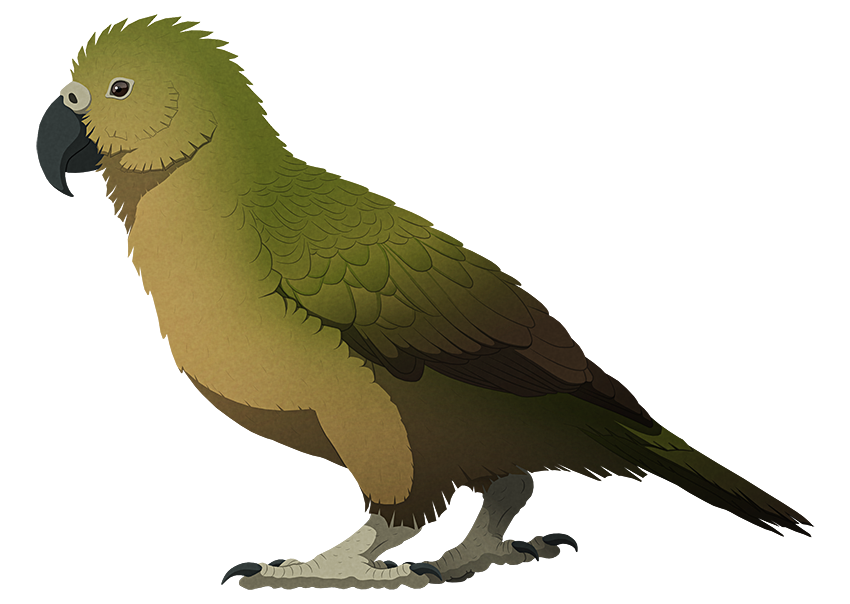New Zealand is probably one of the most famous modern examples of a unique island ecosystem, having been isolated for the last 80 million years. Lacking any living terrestrial mammals, birds instead became the dominant land animals, adapting to a wide range of niches and evolving unusual flightless forms like the modern kiwi and kākāpō.
The St Bathans fossil site on the South Island dates to the early Miocene, about 19 to 16 million years ago, just after a period known as the “Oligocene drowning” when large portions of the landmass were underwater. It gives us a glimpse of an ancient version of New Zealand when the ecosystem was recovering and rapidly diversifying in a then-subtropical climate, and has produced a wide range of new fossil species (including a mysterious mammal).
One of the most recent discoveries from the site is Heracles inexpectatus, a close relative of the modern New Zealand parrots — but significantly larger than any living species, estimated to have stood almost 1m tall (3’3″). Known from just a few leg bones, the fossils were so big that they initially weren’t even recognized as belonging to a parrot, instead being mistaken for a large eagle before their true nature was realized.
At such a size it would likely have been flightless, although it may have still been capable of climbing trees and gliding. Much like the modern kea it was probably an omnivore, using its large curved beak and powerful crunching bite to eat pretty much whatever it wanted.

By the late Miocene, around 13 million years ago, New Zealand’s climate rapidly shifted cooler and drier, and the tropical forests were quickly replaced with temperate ones. This changing habitat may have been too much too fast for the giant parrots to deal with, and they went extinct alongside many of the other St Bathans species.

